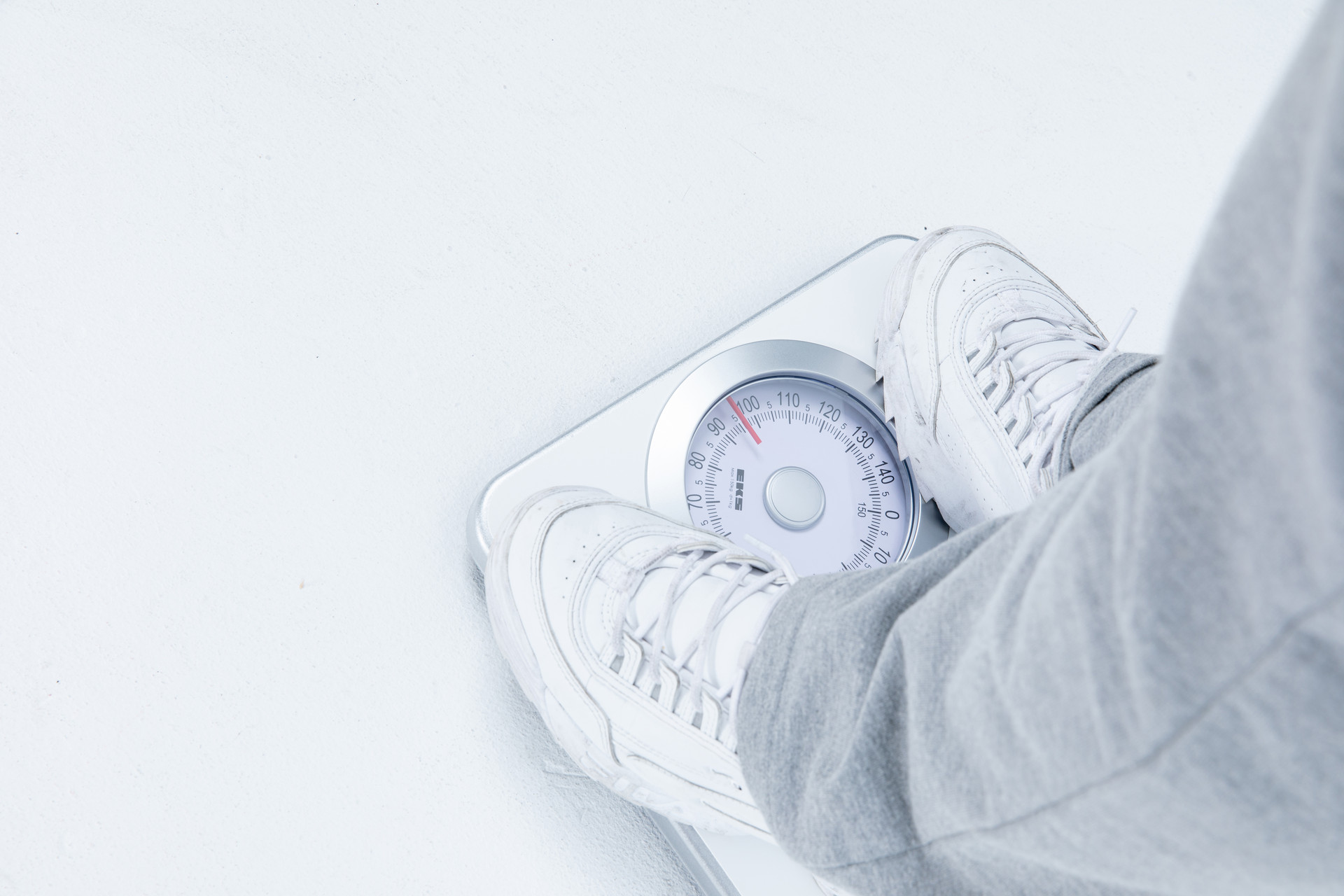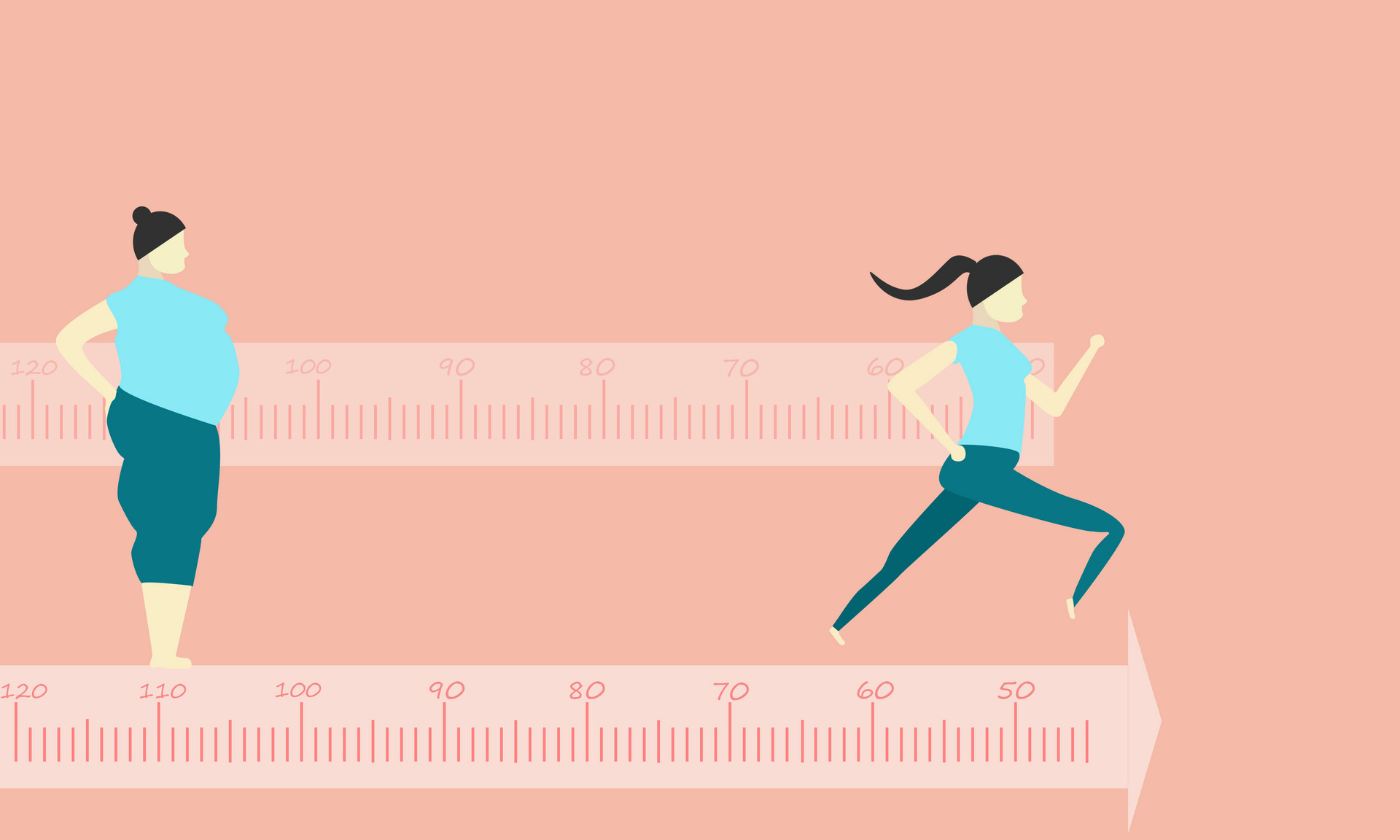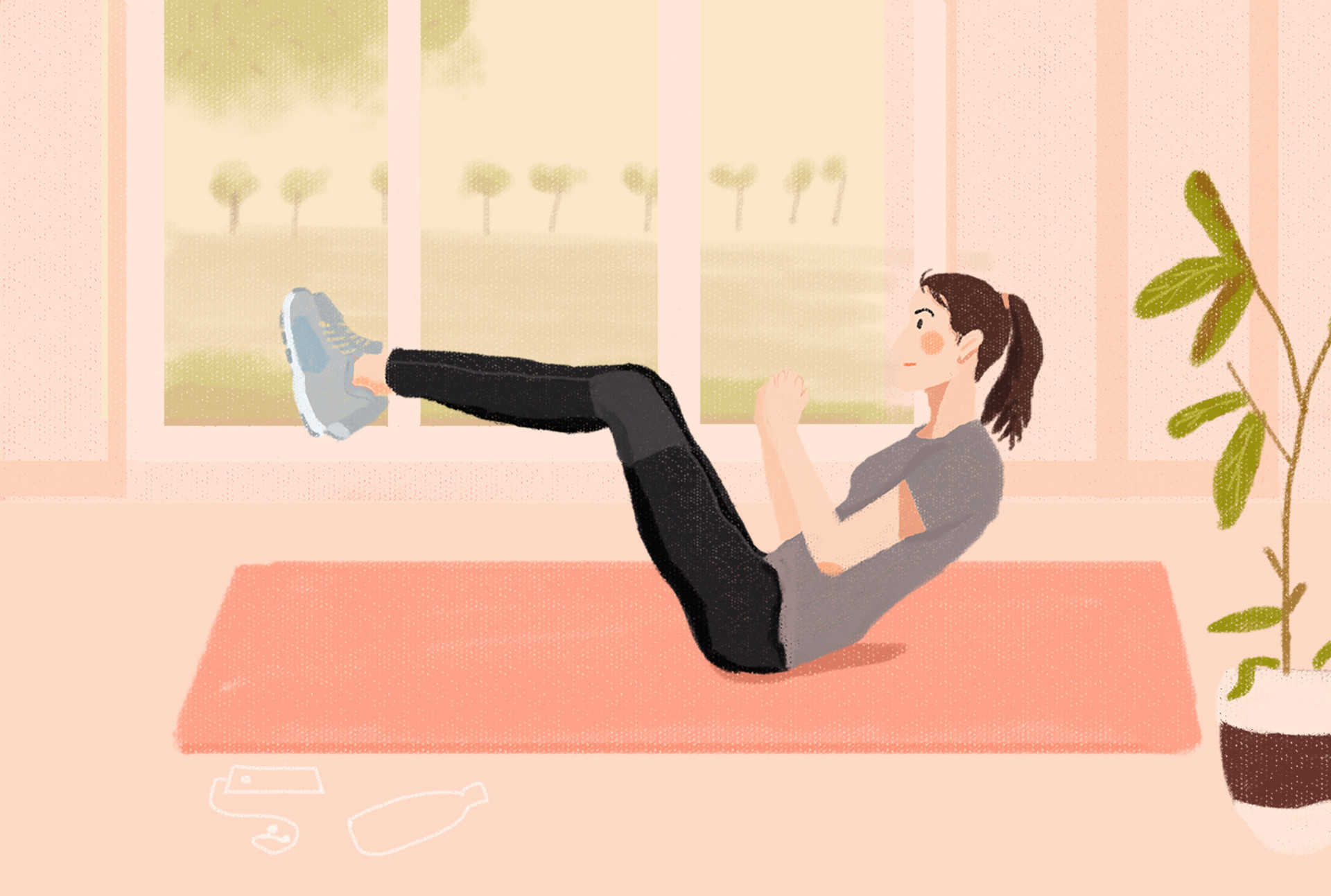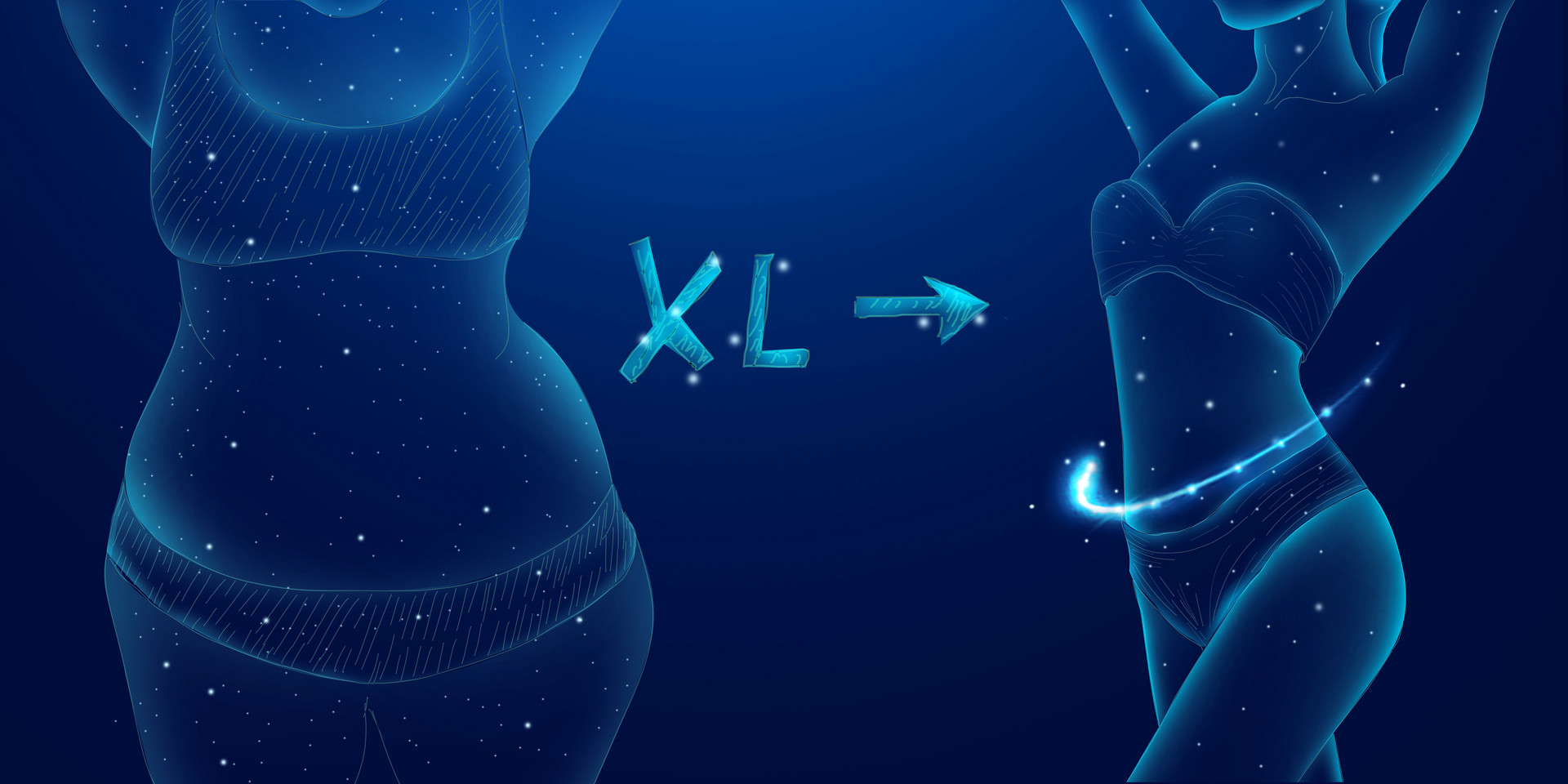Acupoint pairing is a method of selecting two or more acupoints with similar therapeutic effects and combining them for treatment. Its purpose is to enhance the therapeutic effect of acupoints, and the appropriateness of acupoint pairing directly affects the treatment outcome. Common methods of acupoint pairing include meridian-based pairing, superficial and deep pairing, upper and lower pairing, anterior and posterior pairing, and left and right pairing. When pairing acupoints, the relationship between the main acupoint and the paired acupoints should be considered, with emphasis on the main acupoint's role and appropriate combination with secondary acupoints.
Meridian-based pairing: When a specific organ or meridian is affected by a disease without involving other organs, acupoints along the affected meridian are selected and combined into a prescription for treatment. For example, for cough due to lung disease, the acupoint Feishu (BL13) can be selected, along with Hegu (LI4) and Taixi (KI3) from the same meridian.
Superficial and deep pairing: This method is based on the relationship between the yin and yang aspects of organs and meridians. When an organ or meridian is affected by a disease, acupoints on both the superficial and deep aspects of the corresponding meridian are selected and used for treatment. For example, for liver disease, the acupoint Taichong (LR3) from the Foot Jueyin meridian can be paired with Yanglingquan (GB34) from the Foot Shaoyang Gallbladder meridian.
Upper and lower pairing: This method involves combining acupoints above the waist or on the upper limbs with acupoints below the waist or on the lower limbs. This method is widely used in clinical practice. For example, for stomach disorders, Neiguan (PC6) on the upper limb can be paired with Zusanli (ST36) on the lower limb; for toothache, Hegu (LI4) can be paired with Neiting (ST44); for prolapse of the anus or uterus, Baihui (GV20) can be paired with Changqiang (GV1). In addition, pairing acupoints at the intersection of the Eight Extraordinary Meridians, such as Neiguan (PC6) with Gongsun (SP4), Waiguan (TE5) with Linqi (GB41), Houxi (SI3) with Shenmai (BL62), and Lieque (LU7) with Zhaohai (KI6), also fall under this method.
Anterior and posterior pairing: The term "anterior" refers to the chest and abdomen, while "posterior" refers to the back and waist. Acupoint pairing involving acupoints from the anterior and posterior regions is known as anterior and posterior pairing, or "front and back yin-yang pairing". This method can be used for the treatment of various organ-related diseases. For example, for stomach pain, Zhongwan (CV12) and Liangmen (ST21) can be paired with Stomach Shu (BL21) and Stomach Storehouse (CV12); for asthma, Tiantu (CV22) and Shanzhong (CV17) can be paired with Lung Shu (BL13) and Dingchuan (EX-B1).
Left and right pairing: This method involves selecting acupoints on both sides of the body and using them together. In clinical practice, acupoints on the left and right sides are usually used simultaneously. For example, for heart disease, Heart Shu (BL15) and Neiguan (PC6) on both sides can be selected; for stomach pain, Stomach Shu (BL21) and Zusanli (ST36) on both sides can be selected. Additionally, acupoints with different names on the left and right sides can also be used together. For example, for left-sided facial paralysis, Cheek Car (ST4) and Dicang (ST4) on the left side can be paired with Hegu (LI4) on the right side; for left-sided migraine, Touwei (ST8) and Qu Bin (GB7) on the left side can be paired with Yanglingquan (GB34) and Xiexi (GB43) on the right side.
In conclusion, by understanding the basic theories of traditional Chinese medicine and the main therapeutic effects of acupoints, and by selecting acupoints appropriately and combining them in a rational manner, good treatment outcomes can be achieved.








